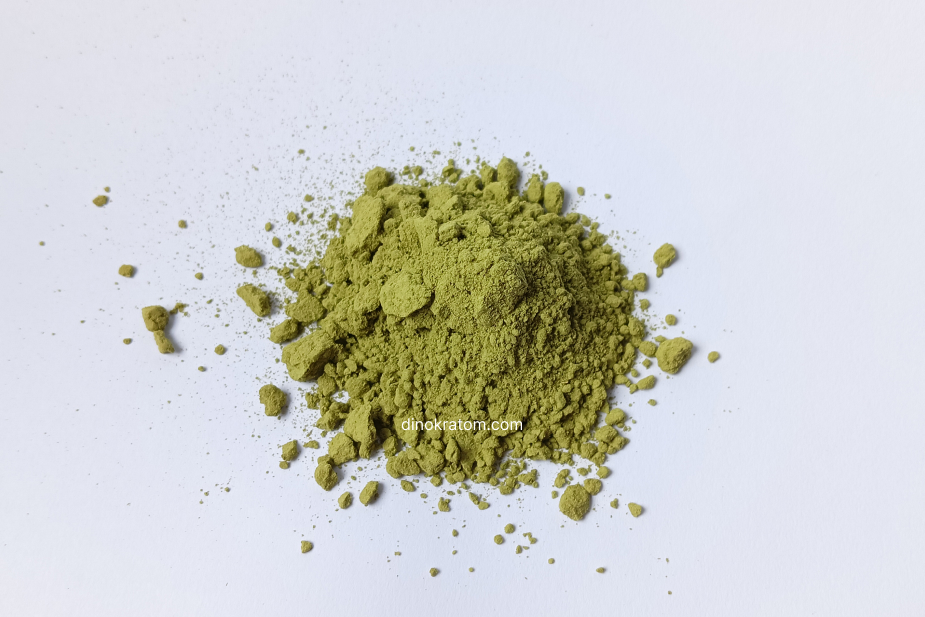Safe Kratom Consumption: A Comprehensive Guide to Dosage, Methods, and Side Effect Prevention
Kratom (Mitragyna speciosa), a tropical tree native to Southeast Asia, has garnered significant attention globally due to its diverse pharmacological effects. Historically utilized by laborers and farmers for its stimulant and pain-relieving properties, kratom contains a complex array of alkaloids, most notably mitragynine and 7-hydroxymitragynine. These compounds interact with various receptors in the central nervous system, including opioid, adrenergic, and serotonergic receptors, leading to a wide range of physiological and psychological effects. While many individuals report positive experiences with kratom, it is imperative to understand the nuances of safe consumption to mitigate potential risks and maximize benefits. This comprehensive guide delves into the intricacies of kratom usage, covering dosage, consumption methods, strain variations, potential side effects, and strategies for responsible use.
Understanding Kratom's Alkaloid Profile and Strain Variations
The pharmacological effects of kratom are primarily attributed to its diverse alkaloid profile. Mitragynine, the most abundant alkaloid, acts as a partial agonist at mu-opioid receptors, contributing to its analgesic and mood-enhancing properties. 7-hydroxymitragynine, although present in smaller concentrations, is significantly more potent than mitragynine and plays a crucial role in kratom's pain-relieving effects. Other alkaloids, such as speciogynine, speciociliatine, and paynantheine, contribute to the overall pharmacological profile and may modulate the effects of mitragynine and 7-hydroxymitragynine.
Kratom strains are typically categorized based on the vein color of the leaves: red, green, and white. These vein colors reflect variations in the alkaloid composition and result in distinct effects.
- Red Vein Kratom: Characterized by a higher concentration of 7-hydroxymitragynine, red vein kratom is renowned for its sedative, analgesic, and anxiolytic properties. It is often used to alleviate chronic pain, insomnia, and anxiety. Red strains are generally considered more relaxing and are preferred for evening or nighttime use.
- Green Vein Kratom: Offers a balanced profile of mitragynine and 7-hydroxymitragynine, providing a blend of stimulant and sedative effects. Green strains are known for their mood-enhancing, energy-boosting, and mild analgesic properties. They are often used to improve focus, concentration, and overall well-being.
- White Vein Kratom: Predominantly contains mitragynine, resulting in stimulating effects. White strains are known for their energizing, focus-enhancing, and mood-lifting properties. They are often used to combat fatigue, improve cognitive function, and enhance sociability.
Understanding the unique characteristics of each strain enables users to select the most appropriate option based on their individual needs and desired effects.
Navigating Dosage: A Personalized Approach
Determining the optimal kratom dosage is crucial for maximizing benefits and minimizing risks. Dosage requirements vary significantly depending on factors such as individual tolerance, body weight, metabolism, and the specific strain used. A personalized approach is essential to ensure a safe and effective experience.
- Microdosing (0.5-1 gram): Some individuals practice microdosing, consuming very small amounts of kratom to experience subtle cognitive and mood-enhancing effects without significant psychoactive effects.
- Low Dose (1-5 grams): Produces stimulant effects, enhancing energy, focus, and sociability. This dosage range is suitable for daytime use and activities requiring mental alertness.
- Moderate Dose (5-15 grams): Offers a balance of stimulation and sedation, providing pain relief, relaxation, and mood enhancement. This dosage range is suitable for managing moderate pain, anxiety, and stress.
- High Dose (15+ grams): Primarily induces sedative effects, potentially leading to unwanted side effects such as nausea, vomiting, and dizziness. This dosage range should be approached with caution and is generally reserved for managing severe pain or insomnia.
It is strongly recommended to begin with a low dose and gradually increase it as needed, allowing sufficient time to assess individual tolerance and response. Avoid exceeding recommended dosages to minimize the risk of adverse effects.
Methods of Consumption: Tailoring to Individual Preferences
Several methods exist for consuming kratom, each with its own advantages and disadvantages.
- Kratom Tea: A traditional method involving brewing kratom powder with hot water and straining the mixture. This method allows for precise dosage control and enables the addition of other herbs or flavorings.
- Kratom Capsules: Convenient and discreet, capsules offer precise dosing and eliminate the bitter taste of kratom powder. This method is ideal for individuals seeking a convenient and portable option.
- Toss and Wash: A simple method where kratom powder is placed in the mouth and washed down with water. This method is quick and efficient but may be challenging for individuals sensitive to the taste of kratom.
- Kratom Extracts: Concentrated forms of kratom, offering potent effects with smaller doses. Extracts are available in various forms, including liquids, powders, and resins. Use extracts with caution due to their high potency and potential for adverse effects.
- Kratom Enhanced Products: some vendors sell kratom enhanced with isolated alkaloids. These should be used with extreme caution, as the effects can be very unpredictable.
Choose the consumption method that aligns with your preferences, lifestyle, and desired effects.
Strategies for Minimizing Side Effects and Promoting Responsible Use
To ensure a safe and positive kratom experience, consider these strategies:
- Hydration: Drink plenty of water before, during, and after kratom consumption to prevent dehydration, which can exacerbate side effects.
- Moderation: Avoid daily kratom use to minimize the risk of tolerance and dependence. Implement a schedule with breaks in usage.
- Food Intake: Consuming kratom on an empty stomach may increase the risk of nausea. Consider taking it with food to mitigate this effect.
- Avoid Mixing: Do not combine kratom with alcohol, prescription medications, or other substances, as this can increase the risk of adverse interactions.
- Listen to Your Body: Pay attention to your body's signals and discontinue use if you experience any discomfort or adverse effects.
- Quality and Sourcing: Purchase kratom from reputable vendors who provide lab-tested products to ensure quality, purity, and safety.
- Rotation of Strains: Rotating strains may help to prevent tolerance and dependence.
- Regular Breaks: Taking tolerance breaks can help to reset sensitivity to kratom.
Potential Side Effects and Long-Term Considerations
While kratom offers potential benefits, it is essential to be aware of potential side effects and long-term considerations.
- Gastrointestinal Issues: Nausea, vomiting, and constipation are common side effects, particularly with high doses.
- Cardiovascular Effects: Kratom may cause changes in heart rate and blood pressure, particularly in individuals with pre-existing cardiovascular conditions.
- Respiratory Depression: In rare cases, high doses of kratom may cause respiratory depression, especially when combined with other substances.
- Psychological Effects: Some individuals may experience anxiety, irritability, or mood swings.
- Dependence and Withdrawal: Regular kratom use can lead to dependence, with withdrawal symptoms such as muscle aches, insomnia, and irritability occurring upon cessation.
- Liver and Kidney Function: Long-term kratom use has been associated with potential liver and kidney damage, although more research is needed to fully understand these effects.
- Drug Interactions: Kratom may interact with certain medications, including antidepressants, opioids, and benzodiazepines.
The Importance of Professional Guidance and Legal Considerations
Before incorporating kratom into your wellness routine, consult with a healthcare professional. They can assess your health status, discuss potential risks and benefits, and provide personalized guidance.
Kratom's legal status varies significantly across countries and regions. Stay informed about the laws in your area to ensure compliance.
Responsible Kratom Use: A Holistic Approach
Kratom can be a valuable tool for enhancing well-being when used responsibly and mindfully. By adhering to safe consumption practices, understanding potential risks, and seeking professional guidance, you can maximize the benefits of kratom while minimizing adverse effects. A holistic approach to kratom use involves incorporating healthy lifestyle habits, such as regular exercise, a balanced diet, and stress management techniques, to support overall well-being.
Disclaimer: This information is intended for educational purposes only and should not be considered medical advice. Always consult with a qualified healthcare professional before using kratom or any herbal supplement.




